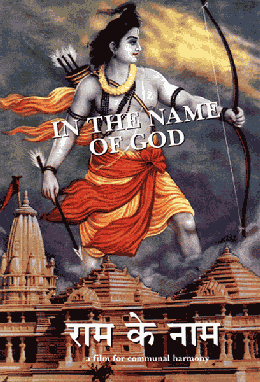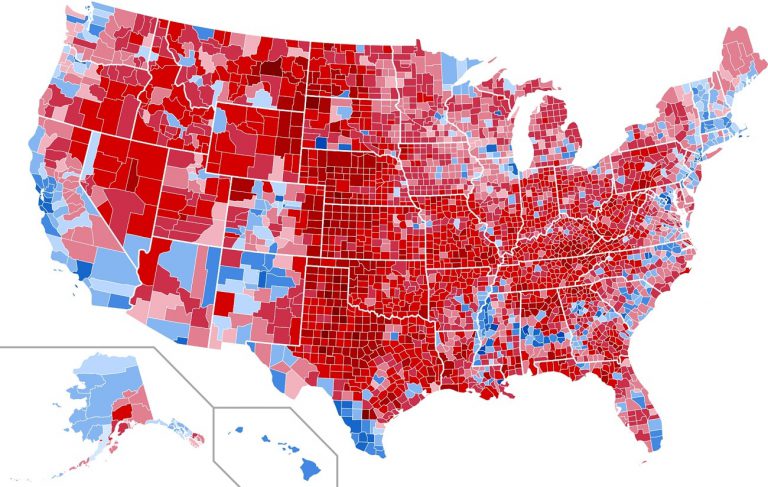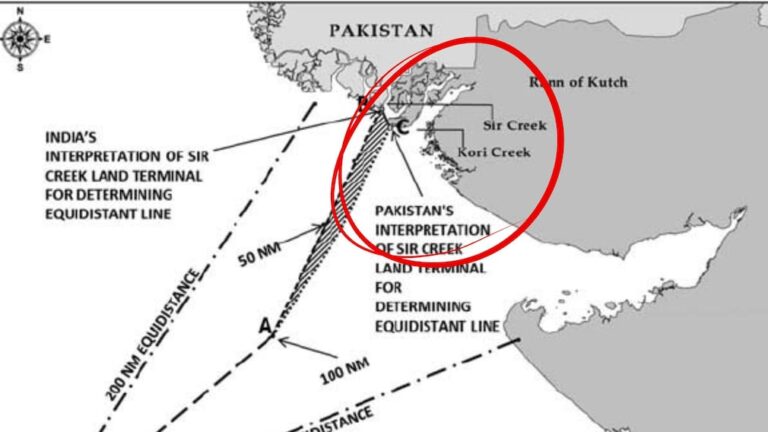Tatmadaw’s Myanmar: The Army that has a State

2021, The Takeover
“The play is over, but the audience is forced to remain in their seats, and the actors refuse to leave the stage.”– Col. Kyi Maung on the role of the Tatmadaw in Myanmar
The ‘Tatmadaw’(Myanmar Armed Forces), under Commander-in-Chief Min Aung Hlaing, displaced the civilian government in the early hours of February 1, 2021, taking under house arrest the State Counsellor, Aung San Suu Kyi, under charges of illegally importing communication devices (six ICOM devices and a walkie-talkie) which violated the National Disaster Act, 2013. The reasserted majority of the pro-democratic National League for Democracy (NLD) in the 2020 general elections, and the rising popularity of its (Nobel) laureate leader Aung San Suu Kyi, gave a strong conviction to the general public for constitutional amendments that threatened the military’s privileged position in the upcoming democracy. Coupled with the Min Aung Hlaing’s personal fears of prosecution following his impending retirement slotted the next year, the Tatmadaw instigated a swift hostile removal of President Win Myint and consequently arm-twisted the acting President Myint Swe to proclaim a year-long state of emergency, accusing the NLD of wide-scale voter fraud in the 2020 general elections.
When reading Myanmar with reference to Samuel Finer’s “The Man on Horseback: The Role of the Military in Politics” (1962), the prolonged, widespread and independent political activity by the Tatmadaw has induced a sustained activist-guardian’ character. As the primary custodian of coercion forces, democratic constitutions necessitate a clear semblance of civilian ownership of the military, generally in the form of the head of state, who is a civilian, elected leader, serving as the commander-in-chief of the armed forces. Distance between the military leadership and power politics, while leaving limited space for the military to bargaining in policy decisions, is essential to protecting democratic processes and rights of citizens. The 2008 pseudo-democratic constitution created a ‘disciplined democracy’, reserving 25% of seats at both national and subnational levels for the military, granting the Tatmadaw control over the mining, oil and gas industries, as well as the power to appoint one of the two Vice-Presidents of Myanmar, with the Ministries of Home, Defense and Border Affairs reserved for serving military officials. These provisions had ensured financial independence of the Myanmar military from the state budget, with a steady flow of resources, leaving a financially secure and politically unchecked military leadership. Moreover, the amendment procedure to the 2008 Constitution assured that the Tatmadaw held de facto veto over any constitutional reforms (which required ¾ majority to be accepted) and control over national security. The democratic system established by the 2008 Constitution left the Tatmadaw in excess of autonomy in operation and actions, making military intervention inevitable and a matter of when, not if.
Paternalism, Since 1948
“Only the army is mother. The army is father”
Military propaganda that portrayed the military as “loco parentis”
A complete lack of civilian control, long and sustained junta tenures in the past, and an active combat history owing to ethnic insurgencies has institutionalized the Tatmadaw into the Myanmar political framework, with unchecked control over coercive (and combat) infrastructures and a proactively disobedient character. A successful history of coup d’état has left an already chalked out procedure of wresting control from popularly elected governments, such that within hours of the 2021 overtake, all important administrative buildings along with all entry-exit points to and from the capital, Naypyidaw, were under Tatmadaw control. An acknowledgement of the primacy of the Tatmadaw is essential to understanding its effective role. A list of factors including colonial ethnic divides, lack of an active middle-class, low pace of socio-economic growth, glorification of military leaders as the leadership of the nationalist movement in the 1940s, relative poverty, unemployment, etc. have sustained a form of ‘military determinism’ in the country, with the Tatmadaw co-opting social, political and economic capital into its ranks.
The historicity of the Tatmadaw as the only continuous institution in postcolonial Myanmar and regular disruption of democratic government has militarized the nature of the Myanmar state itself. Such a military state, lacking any constitutional means of dissent or feedback mechanism, thereafter features a lack of social consensus and cohesion, with different interest groups in society acting to maximize their potential, ill in regard to adverse effects on the other. Thus, David I. Steinberg concludes that the cohesion among senior Tatmadaw officers held together despite ideological disagreements; Tatmadaw’s admiration for personalized leadership; the formation of capable entourages; sustaining corruption that greases relationships; and the ability of the Tatmadaw to control social mobility through economic and educational restrictions to be the abiding factors in favor of Tatmadaw’s control over Myanmar.
The Tatmadaw, moreover, has manufactured ethnic conflicts in Myanmar, seamlessly from the parochial divides that have existed between the majority Buddhist-Burmese and the minority ethnic groups. While the Tatmadaw may counter claim that there is need for a military government because of the regularized ethnic insurgencies in Myanmar; the brief Aung Sang civilian government, even with limited federal structure, was able to open dialogue and attempt at negotiating peace with the ethnic militias. Therefore, ethnic conflict has been both an outcome and a justification of the Tatmadaw regime(s) – where the Tatmadaw’s heavy hand over ethnic minorities resulted in armed militancy and insurgencies, which have in turn been used by the Tatmadaw to justify its own rule.

Democracy, ever again?
The entrenched character of the Tatmadaw and its history suggests a return to democracy will be difficult in the near future, with no indication that it will play any less a decisive role than in the past. Predicting the future of a country is no less a feat than palm-reading, and should be left up to mystics. However, a decade long experience of democracy and an exposed population connected with the global community ensures more capacity to mobilize people and resources, spread awareness and communicate through networks throughout the world in support of their efforts.
The Tatmadaw has been facing organized mass public resistance since 2021, both from the Burmese and armed ethnic groups, refusing to recognize its forced (marshal) legitimacy. The coup has been attracting fierce civilian opposition in form of boycott of the military, a ‘Stop buying junta business’ campaign, a pot-banging movement, civil disobedience movement by netzines, red ribbon campaigns, public protests, labour strikes by civil servants, later extending to private firms and factories, and protests by students and youth groups. The ‘Kabar Makyay Bu’ Song and the Three-finger salute were adopted as symbols in defiance against the Tatmadaw. The initially mild restrictions imposed on dissent have been substituted with violent crackdown on protests as criticism of the Tatmadaw intensified, leading to clashes between armed forces and civilians. The globalized Myanmar civilians have refused to give up on democracy and utilized the internet to share the brutality of the junta across the world. Even Buddhist monasteries and educational institutions, that wield immense influence in Myanmar, denounced the coup and joined the resistance. Despite the lack of social cohesion in Myanmar society, this unprecedented cooperation has left faint hopes of the people retrieving their say over their national destiny.
References
- BBC News. (2021, March 31). Myanmar coup: Protests continue despite deadly crackdown. https://www.bbc.com/news/world-asia-56660483
- Byrd, M. W. (2021, December 20). Myanmar’s U-turn: Implications of the military coup on strategic competition in the Indo-Pacific. Journal of Indo-Pacific Affairs. https://www.airuniversity.af.edu/JIPA/
- Maizland, L. (2021, February 10). Myanmar’s troubled history: Coups, military rule and ethnic conflict. Council on Foreign Relations. https://www.cfr.org/asia/myanmar
- Nouwens, V., & Dave, A. (2021, February 2). Myanmar’s military coup: International reactions. Royal United Services Institute. https://www.hrw.org/news/2023/02/06/myanmars-junta-benefits-weak-international-response
- Myanmar profile-timeline. (2018, September 3). BBC News. www.bbc.com/news/world-asia-pacific-12992883 Last Accessed on 08/10/2024.
- Lambert, T. (2021). A brief history of Myanmar. Local Histories. https://localhistories.org/
- Patel, M. (2021, May 20). A complex history and layered present: What determines India’s response to military rule in Myanmar. The Indian Express. https://indianexpress.com/article/research/a-complex-history-and-layered-present-what-determines-indias-response-to-military-rule-in-myanmar-7321626/ Last Accessed on 08/10/2024.
- Marston, H. (2021, February 2). Analysis: Why is Myanmar’s military so powerful? Al Jazeera. https://www.aljazeera.com/opinions/2022/2/1/justice-is-the-only-answer-to-myanmars-bloody-military-reign
- Steinberg, D. (2021). The military in Burma/Myanmar: On the longevity of Tatmadaw rule and influence. Trends in Southeast Asia. Yusof Ishak Institute. https://www.iseas.edu.sg/articles-commentaries/trends-in-southeast-asia/the-military-in-burma-myanmar-on-the-longevity-of-tatmadaw-rule-and-influence-by-david-i-steinberg/









Nice article